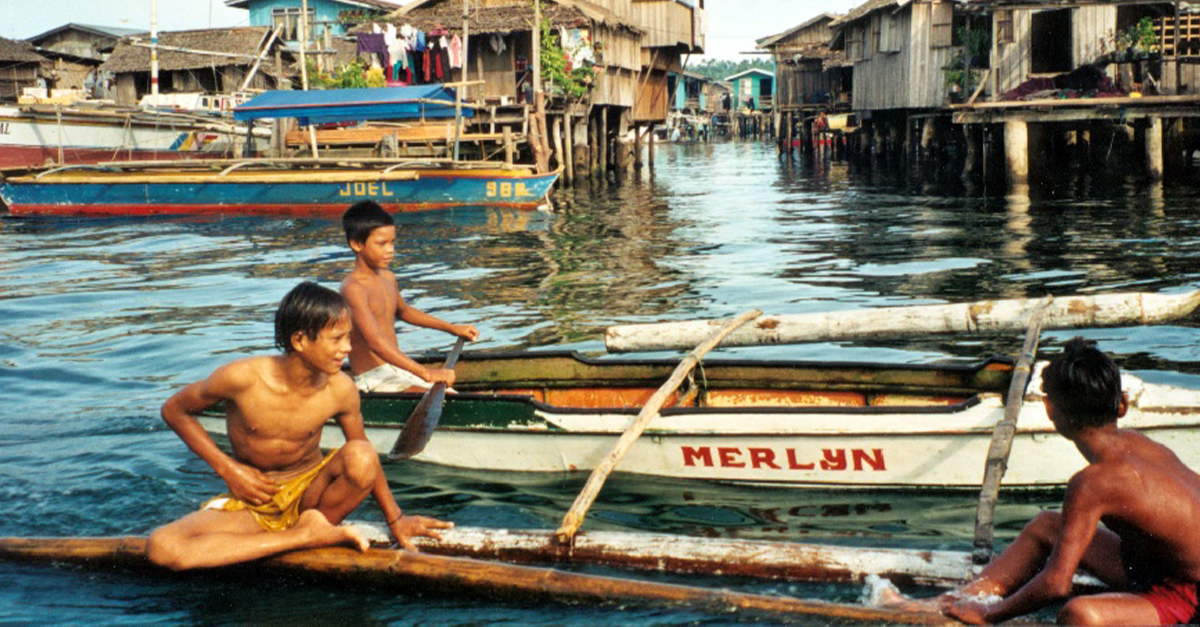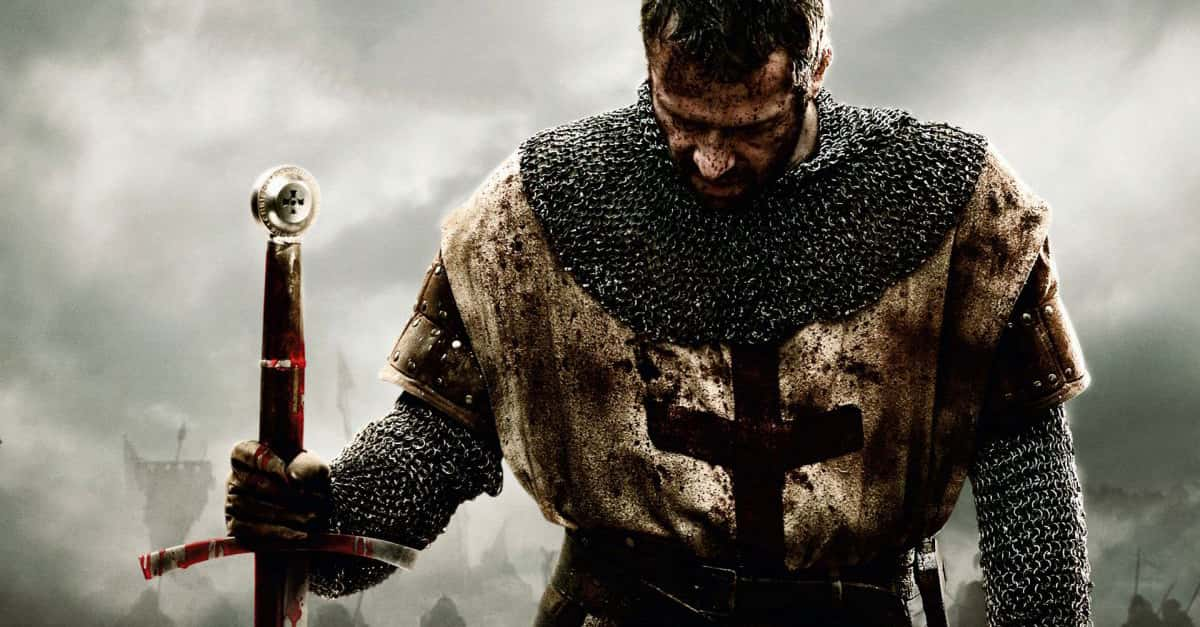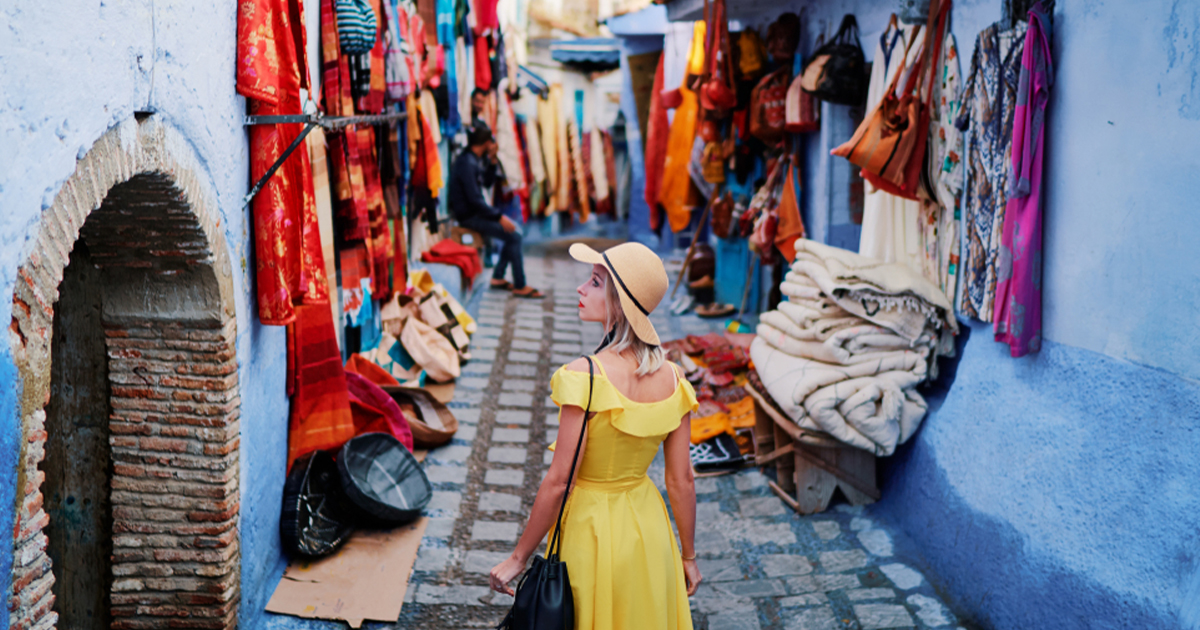The Sama-Bajau
The Sama-Bajau is a collective name for several groups of people in Southeast Asia. But they've captivated outsiders with enormous claim to fame: they live in the sea.

Sea Nomads
Most people know the Sama-Bajau as "Sea Gypsies" or "Sea Nomads," and some of the Sama-Bajau call themselves Sama Dilaut, or "sea Sama."
They've earned these moniker because they live almost entirely on the sea, like mermaids rather than people.
Where They Live
The Sama-Bajau live mostly on the islands of Tawi-Tawi in the Philippines. However, they also settle on other islands in the Philippines, as well as in Borneo and throughout eastern Indonesia.
Diving
The Sama-Bajau's reliance on the ocean has created changes in their bodies, and helped them develop incredible abilities in free-diving. Their divers have the greatest diving time of all humans, and can spend more than five hours underwater each day.
But this ability often comes with a cost.
Diving Feats
Serious sea hunters and divers among the sea Sama will take their devotion one step further. At an early age, they will intentionally rupture their eardrums, making it easier to withstand the pressure underwater. Because of this, many elderly Sama-Bajau have difficulty hearing.
 I, Hu9423, CC BY-SA 2.5, Wikimedia Commons
I, Hu9423, CC BY-SA 2.5, Wikimedia Commons
Genetic Differences
The Sama-Bajau have been diving for more than a thousand years, and it's beginning to show in their DNA. One study revealed their spleens are 50% larger than a nearby group of people who are more land-based. This helps them store haemoglobin-rich blood better, which then lets them stay underwater longer.
 Tropenmuseum, CC BY-SA 3.0, Wikimedia Commons
Tropenmuseum, CC BY-SA 3.0, Wikimedia Commons
Houseboat Living
The sea Sama people live on painstakingly crafted houseboats they call lepa, balutu, or vinta most commonly. Lepa boats have a house built in the center of the hull. These unique homes have a removable floor and roof.
 Torben Venning, CC BY 2.0, Wikimedia Commons
Torben Venning, CC BY 2.0, Wikimedia Commons
Eating On A Houseboat
While the house part of a lepa provides shelter, other parts of the boat are designated for eating and cooking. The sea Sama's houseboats contain a portable hearth for cooking on the stern, plus places to store food and water. In fact, everything on the boat is made to adapt.
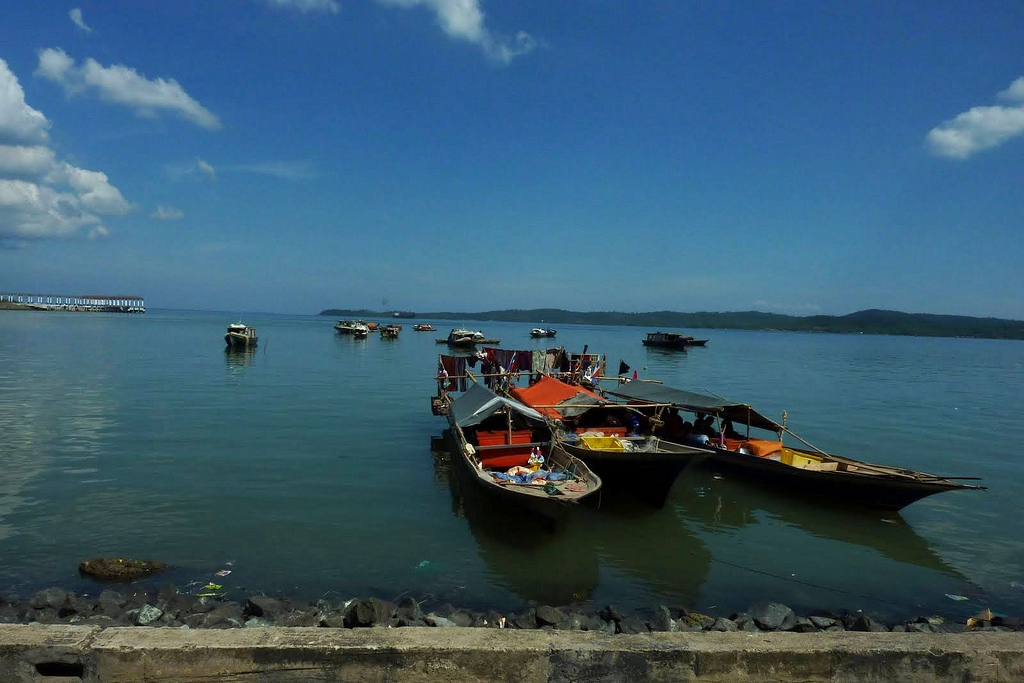 Torben Venning, CC BY 2.0, Wikimedia Commons
Torben Venning, CC BY 2.0, Wikimedia Commons
Movable Boats
Considering that the sea Sama live or die by their boats, it makes sense that they are so customizable. The boat's single sail is mounted on a detachable mast, and can be removed just like the boat's roof and flooring.
Historically, the boat was powered by paddles, but most modern ones are motorized.
 Torben Venning, CC BY 2.0 , Wikimedia Commons
Torben Venning, CC BY 2.0 , Wikimedia Commons
Families Close By
Each houseboat is generally intended to hold a single, nuclear family. But more than the, sea Sama tend to travel in flotillas of boats made up of their more extended relatives.
 Torben Venning, CC BY 2.0, Wikimedia Commons
Torben Venning, CC BY 2.0, Wikimedia Commons
Working together
When they get married, a couple can choose to live with the wife or the husband's family flotilla. This is important, because their allies will help them fish and live, so choosing correctly can mean the difference between thriving, surviving, or death.
Meet Ups
While one houseboat is home to one nuclear family, many houseboats will often band together forming a flotilla. The flotilla is usually made up of extended family members.
During certain times of the year, a flotilla will moor at a common spot, called a mooring point or a sambuangan, to meet and socialize with an even greater range of relatives.
 Topfmodel, CC BY-SA 3.0, Wikimedia Commons
Topfmodel, CC BY-SA 3.0, Wikimedia Commons
Big Social Gatherings
Because most of these social gatherings are for festivals or weddings, they are generally organized under an elder of the group, and tend to take place near significant sites like cemeteries.
Home Turf
Although the sea Sama have historically been nomadic, their wanderings don't necessarily take them far. They tend to have a home mooring point, and don't sail more than 25 miles from it.
Sun Protection
Because they are out so often in the sun, the Sama-Bajau make a kind of home-made sunscreen powder out of weeds, spices, and rice. Women tend to be particularly fond of this sunscreen.
Water Arts
The Sama-Bajau houseboats are extremely functional, and the Sama build them to be low on the water so they can more easily gather nets and row. However, they don't just exist for function. The sea Sama decorate them with intricate floral designs called okil. These aren't the only distinctive parts of their culture, either.
Mainstream Religion
Although religion and sects vary among the Sama-Bajau, the majority follow some version of Islam, usually Sunni Islam. There are, however, a small minority of practicing Catholics and Protestants among them.
Nomadic Religion
The more nomadic Sama-Bajau tend to follow Islam in their own way. The Ubian Bajau, another nomadic people, believe in local sea spirits, or "Jinn," as a part of their Islamic practices.
Ancient Beliefs
The ancient Sama-Bajau were more animistic in their spiritual beliefs, and some still practice this old tradition. According to these beliefs, Umboh Tuhan, or the "Lord of the Sea," rules over the world with his consort, Dayang Dayang Mangilai, or the "Lady of the Forest."
 The National Archives UK, Wikimedia Commons
The National Archives UK, Wikimedia Commons
Boat Rituals
This belief in sea spirits and other forces is intertwined in much of the Sama-Bajau's boat culture. In earlier times, a family would build or buy a lepa boat for a young man before he married as a symbol of his independence and new life.
 Muslianshah Masrie, Shutterstock
Muslianshah Masrie, Shutterstock
Magic Spells
Some Sama-Bajau employed the village shaman to bless their lepa with spells. People often asked for some sort of invisibility spell, which could make them invisible to pirates, or even able to deflect bullets.
 Muslianshah Masrie, Shutterstock
Muslianshah Masrie, Shutterstock
Language
The Sama–Bajau speak a version of Sinama, the common name for the ten languages of their subgroup. However, most Sama-Bajau have needed to learn multiple languages to get by in the world.
Linguistic Differences
Despite the fact that the Sama-Bajau live primarily in the Philippines, their language pronunciation is quite different from the Tagalog spoken in more central areas in the Philippines. Indeed, it has become its own branch of "Sama-Bajaw languages."
Death Rites
For many of the nomadic seafaring Sama, their boats were crucial elements of both life and death. While the lepa provided homes and sustenance, they also provided a final resting place for the departed.
Many death rites included disassembling the lepa of the fallen Sama-Bajau and using it as a coffin for their funeral.
Graves
The okil carvings that the Sama-Bajau use on their boats also go on their traditional burial grounds. They carve okil on grave markers, many of which are on the islands of Sulu and Tawi-Tawi.
 Hornell, J., Wikimedia Commons
Hornell, J., Wikimedia Commons
Dancing
The Sama-Bajau also dance as part of their spiritualism. For the sea Sama, the festival pagkanduli involves dancing under the sacred dangkan tree, or strangler fig, and then in a grove of kama'toolang or pandan trees.
 Augustine Bin Jumat, Shutterstock
Augustine Bin Jumat, Shutterstock
Horse Culture
The sea Sama have their own rituals, but other Sama-Bajau hold different traditions. The West Coast Bajau, who are more land-oriented, are particularly known for their traditional horse culture, and are excellent riders.
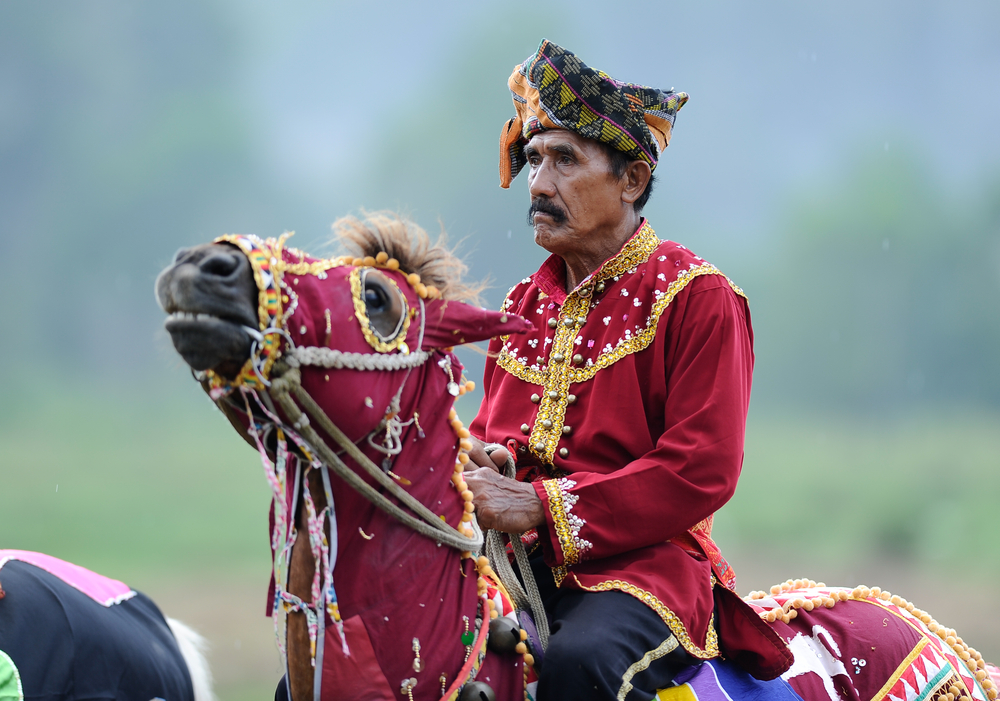 Augustine Bin Jumat, Shutterstock
Augustine Bin Jumat, Shutterstock
Horse Clothing
The West Coast Bajau even have their own horse riding costumes, consisting of a fine shirt and trousers in white or black with gold buttons, gold lace trimming, and a headpiece. They also carry a spear, riding crop, and dagger, and dress their horse in decorative cloths with brass bells.
 Augustine Bin Jumat, Shutterstock
Augustine Bin Jumat, Shutterstock
Ancient Culture
The ancient Sama people were most influenced by the kingdoms of Malay in both language and culture. They also had significant contact with both India as a nation and Islam as a religion and culture.
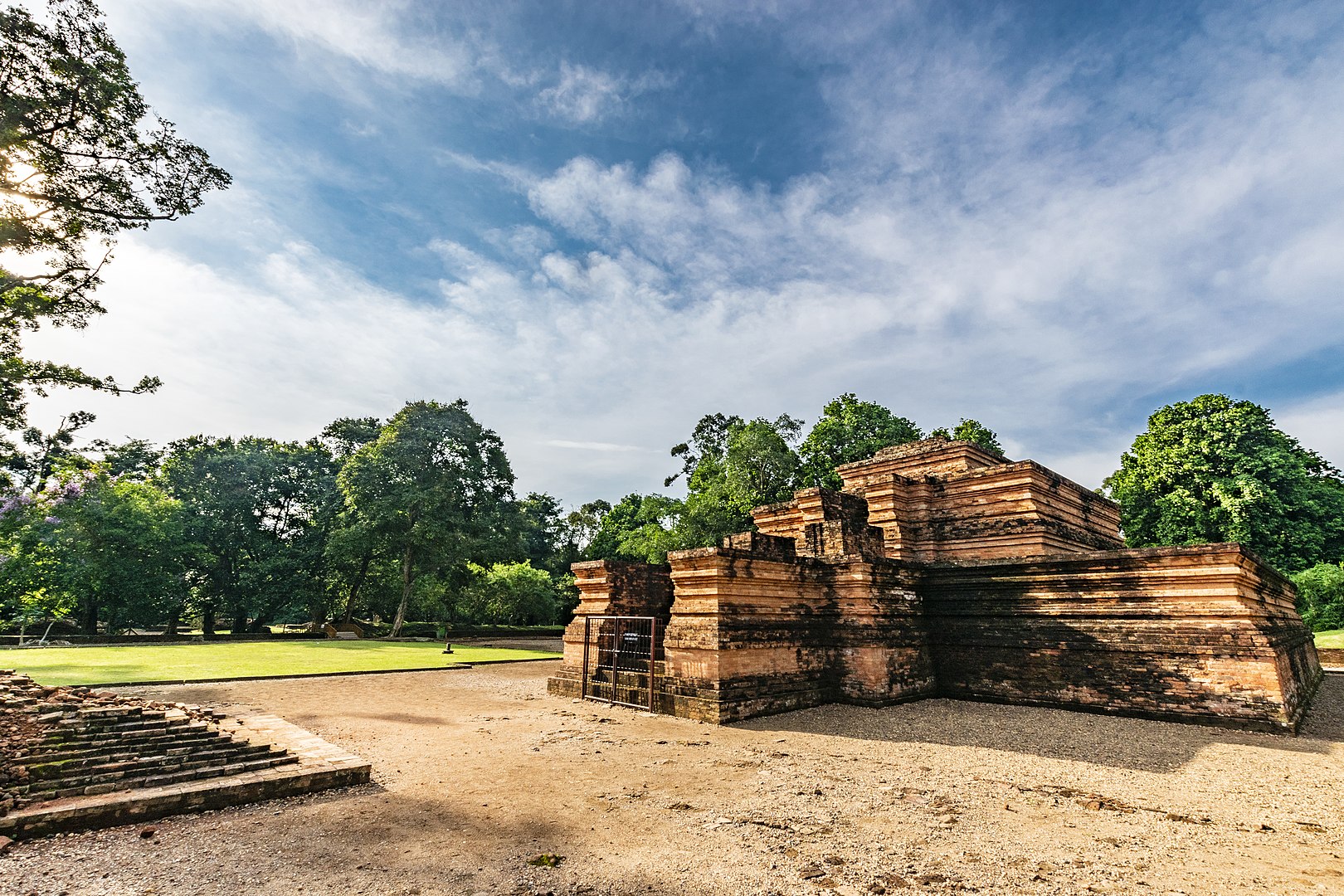 Ryan Wijaya, CC BY-SA 4.0, Wikimedia Commons
Ryan Wijaya, CC BY-SA 4.0, Wikimedia Commons
Where They Came From
Going all the way back, many historians believe that the earliest, proto Sama-Bajau originally came from the island of Borneo.
Arts And Crafts
Besides music and dance, the Sama-Bajau people also take part in weaving and needlework skills.
 Erik Abrahamsson, CC BY-SA 4.0, Wikimedia Commons
Erik Abrahamsson, CC BY-SA 4.0, Wikimedia Commons
Music
The Sama-Bajau have their own musical traditions, and songs are passed down orally through generations. These songs are usually performed at marriages, along with dances and musical accompaniment.
Love songs tend to be the most popular, with the famous trio Dalling Dalling, Duldang Duldang, and Pakiring Pakiring forming the well-known Sangbayan.
 Augustine Bin Jumat, Shutterstock
Augustine Bin Jumat, Shutterstock
Facing Extinction
Although the Sama's roots in music are deep, their folk songs are slowly being lost to memory, as the younger generation has little interest in learning them.
Hierarchies
Because of their nomadic roots, the Sama-Bajau society is usually set far apart from higher governmental powers in the countries they live in. Mooring points are the largest political unit in Sama-Bajau society.
Equality
Since they're largely unaffected by modern social rules, the Sama-Bajau tend to have a more egalitarian view of life. They have no caste system, and most of their society runs on reciprocal labor.
Exceptions To The Rule
One exception to the widespread equality in Sama-Bajau culture is the Jama Mapun and the Sama Pangutaran of the Philippines. These groups adopted elements of feudal societies, like nobles and serfs. This cultural shift probably happened after they came into contact with the Sultanate of Sulu.
Migration
By necessity, the Sama-Bajau used to migrate a lot, following the patterns of sea life. However, they have also migrated in the past if the nearest land government was hostile to their people.
Food
As you might expect, fishing is the main source of sustenance for the Sama-Bajau. When they need other food or everyday objects and materials, they usually trade for it. In the past, they traded with China for luxury goods such as pearls and shark fins.
Piracy
In the European colonial period, there were many mentions of Sama-Bajau pirates who raided the far-reaching parts of Southeast Asia. There is even evidence of pirate activities from the Sama-Bajau in the 12 and 13th centuries, in the Straits of Singapore.
 Rafael Monleón, Wikimedia Commons
Rafael Monleón, Wikimedia Commons
Peaceful People
Although there is some history of piracy, the Sama-Bajau were still known for their peaceful nature in general. They are still known for their kindness today, with many visitors finding them cheerful and helpful.
 Protestant Episcopal Church, Wikimedia Commons
Protestant Episcopal Church, Wikimedia Commons
Wealth
By and large, the Sama-Bajau people are not wealthy, relying as they do on subsistence fishing, limited trading, and continued semi-nomadic habits.
Education
Because of their nomadic history and continued poverty, many Sama-Bajau are illiterate. This is despite the fact that they can speak in several languages.
Origin Of Their Name
The word "Sama" is probably from an Austronesian word meaning "together' or "kin." However, the term "Bajau," likely put on the group by outsiders, is still a bit of a mystery.
It may have come from the Malay word for "getting further apart," or else the Indonesian word for "boat dwelling." It may even come from the Brunei Malay word "to fish."
Insulting Term
Over the years, the term "Bajau" has come to be more and more insulting in the Philippines, usually in comparison to the term "Sama." Many people who seek to denigrate the Sama-Bajau nomads for their poverty and sometimes begging will simply call them "Bajau."
General Population
There are only about 1.3 million Sama-Bajau worldwide, with most of them living either in the Philippines, Malaysia, or Indonesia.
Dying Out
Over the years, the majority of Sama-Bajau have abandoned sea-sea living as their way of life has become less and less possible. Modernization has also driven many of them to the shores, with precious few living in houseboats today and most opting for Sama-style coastal houses.

